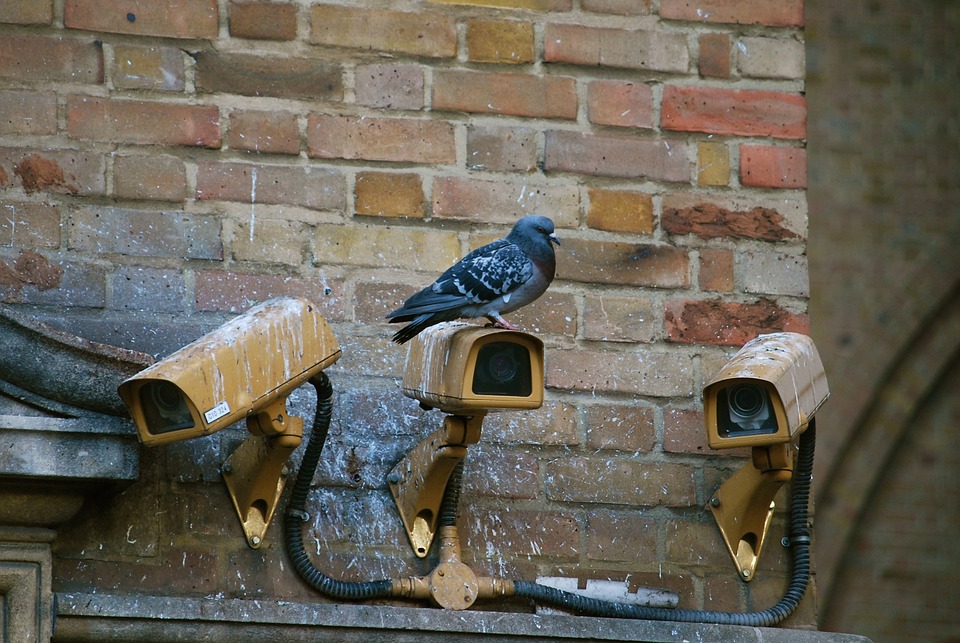Aerospace security is a growing concern in the modern world. With the increasing number of aircrafts, satellites, and other aerospace vehicles, the need for secure and reliable security systems is becoming more and more important. In order to ensure the safety of passengers, crew, and cargo, aerospace security must be taken seriously.
The latest technologies and strategies for aerospace security are designed to protect against a variety of threats. These include physical threats such as hijacking, sabotage, and terrorism, as well as cyber threats such as hacking and data theft.
One of the most important technologies for aerospace security is the use of biometrics. Biometric systems use physical characteristics such as fingerprints, iris scans, and facial recognition to identify individuals. This technology is used to verify the identity of passengers and crew, as well as to detect unauthorized access to aircrafts and other aerospace vehicles.
Another important technology for aerospace security is the use of surveillance systems. These systems use cameras, sensors, and other devices to monitor the environment and detect potential threats. They can also be used to track the movements of aircrafts and other aerospace vehicles.
In addition to these technologies, there are also a number of strategies that can be used to improve aerospace security. These include the use of secure communication systems, the implementation of secure protocols, and the use of encryption.
Finally, it is important to remember that aerospace security is an ongoing process. As new threats emerge, new technologies and strategies must be developed in order to keep up with the changing landscape. By staying up to date on the latest technologies and strategies, aerospace security professionals can ensure the safety of passengers, crew, and cargo.

















